The natural world is home to a vast array of wildlife, some of which pose significant dangers to humans. Various countries harbor species that, due to their size, venom, or predatory behavior, are considered particularly hazardous. This article explores twelve countries renowned for their dangerous wildlife, highlighting the species that contribute to their reputations.
Australia: A Continent of Lethal Creatures
Australia has earned a global reputation for being home to some of the most lethal creatures on planet Earth. It is almost as if the continent was specially crafted to house an array of deadly animals. With venomous snakes like the inland taipan, known as the “fierce snake,” the threat of toxins is real. Spiders like the Sydney funnel-web lurk with venom potent enough to harm adults. The waters are no safer, with marine menaces such as the box jellyfish and blue-ringed octopuses. Meeting a saltwater crocodile here is not just a story for the adventurous, as these massive reptiles inhabit the northern regions, eyeing every potential threat—or meal. Understanding these creatures’ behavior is key to survival in the wilds of Australia.
Brazil: Amazonian Perils
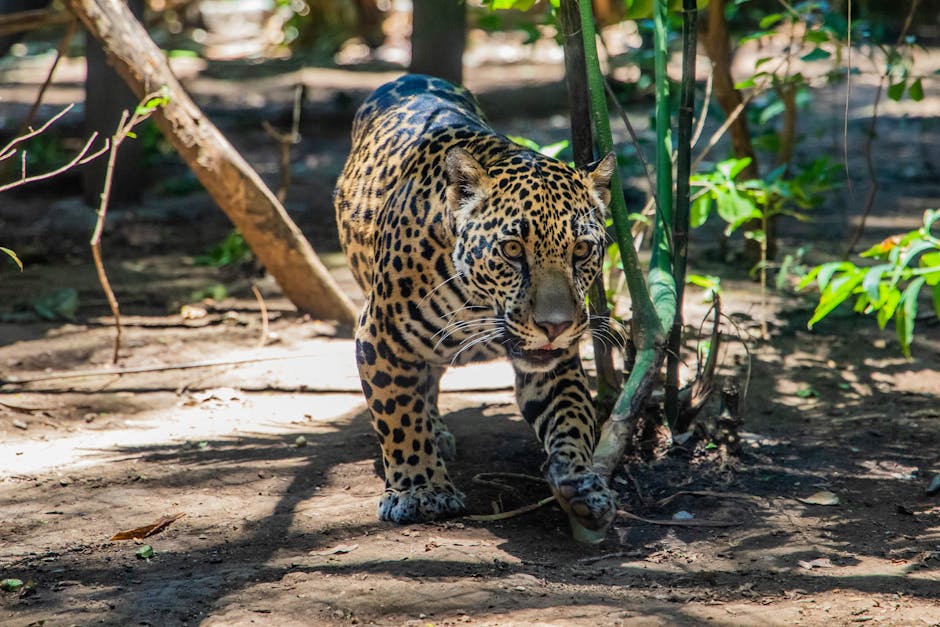
Brazil’s Amazon rainforest is not just a treasure trove of biodiversity but also a den of dangerous animals. Jaguars, the largest big cats in the Americas, roam these dense forests, making them places of genuine risk. Venomous snakes such as the fer-de-lance and aquatic threats like piranhas and electric eels add layers to the peril template. The Brazilian wandering spider adds to the country’s frightening roster, with its venom being a particular concern for healthcare professionals. Adventurers entering this mammoth tropical ecosystem are in for an intriguing, albeit hazardous expedition. Respecting and understanding local wildlife warnings can help mitigate a sudden danger.
India: Land of the Bengal Tiger
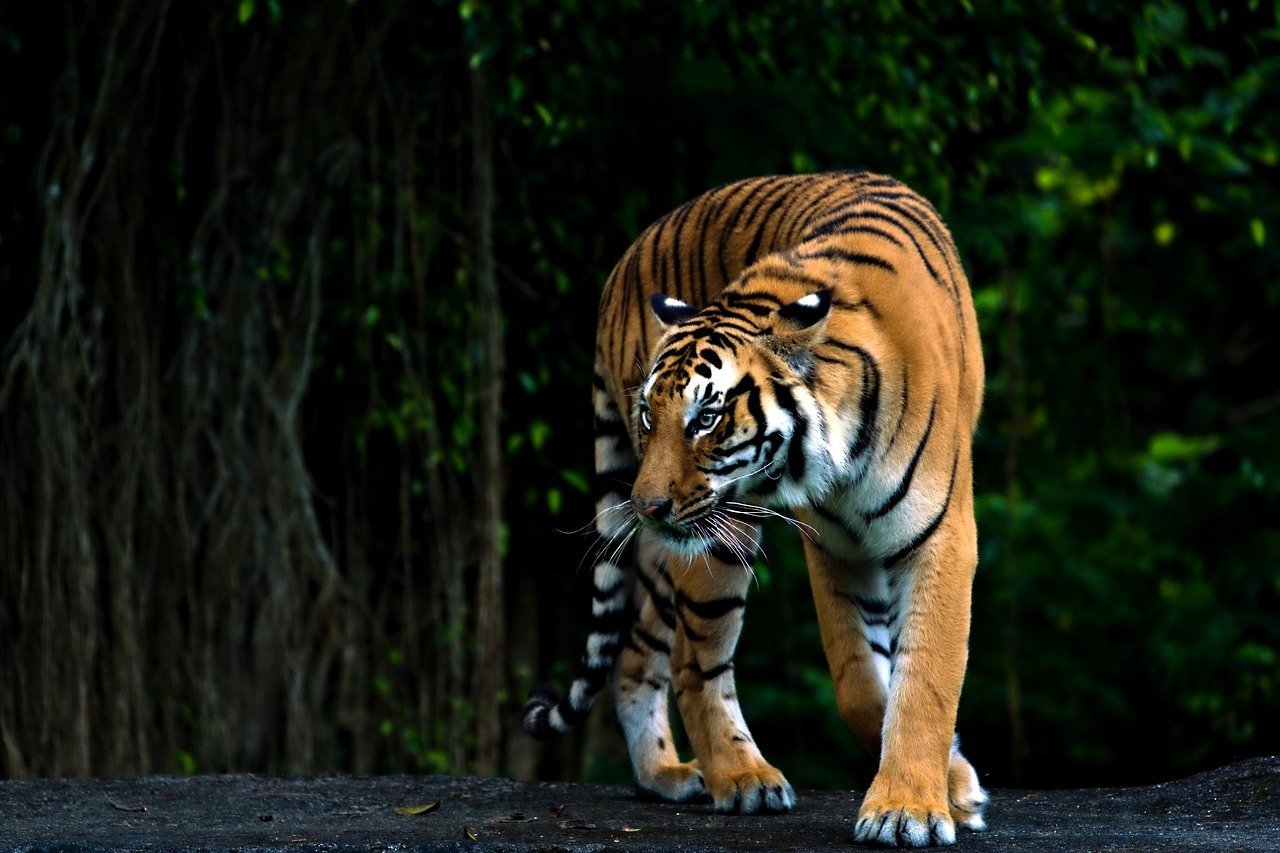
India is a land that embodies a mix of diversity and danger through its abundant wildlife. It’s the realm of the majestic yet ferocious Bengal tiger, accountable for numerous human attacks, especially in the Sundarbans region. The list does not end here. Leopards, sometimes associated with village intrusions, and the regal Asiatic lions of Gir add to the dangers. Additionally, the sloth bear has its moments of aggression towards unsuspecting travelers. Should you wander into snake territory, knowing the Indian cobra or the deadly Russell’s viper might be nearby is crucial, as India witnesses a high number of snakebite fatalities annually.
Indonesia: Archipelago of Hazards
Indonesia, an archipelago of wonders, carries its share of perilous wildlife. The impressive Komodo dragon, the world’s largest lizard, roams freely, with a potent bite that is often infected with harmful bacteria. While these gigantic predators roam the land, the waters offer no relief, teeming with venomous snakes and box jellyfish. Mysterious jungles and isolated islands are canvases for encounters with such dangerous animals. While visiting these exotic environments, it is crucial to respect recommendations and guidance specific to each locale. For many, the adrenaline offered here is irresistible, but so is the risk.
United States: Diverse Dangers
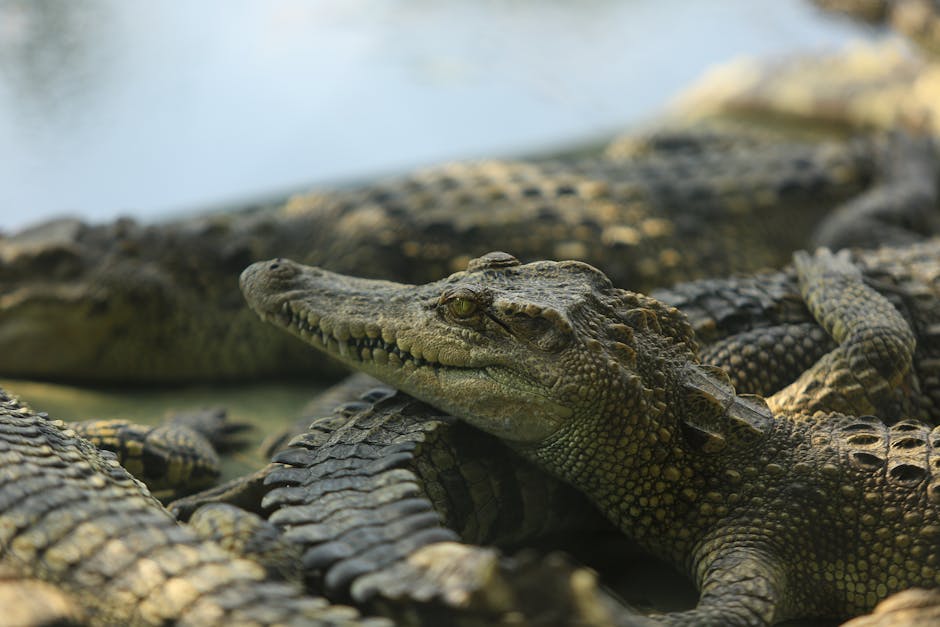
True to its vast geography, the United States’ wildlife is a mix of enchanting and deadly. In the wilderness of Alaska and the Rocky Mountains, grizzly bears stand as iconic yet fearsome creatures. In the Southeast, alligators call the swamps home, and rattlesnakes offer genuine dangers across different terrains. Beyond land, the threat of shark attacks is a lurking danger along extensive coastlines. Though the U.S. is a haven for nature enthusiasts, it insists on respect for natural habitats and caution, making understanding wildlife behavior paramount to every adventurer.
Mexico: Venomous Fauna
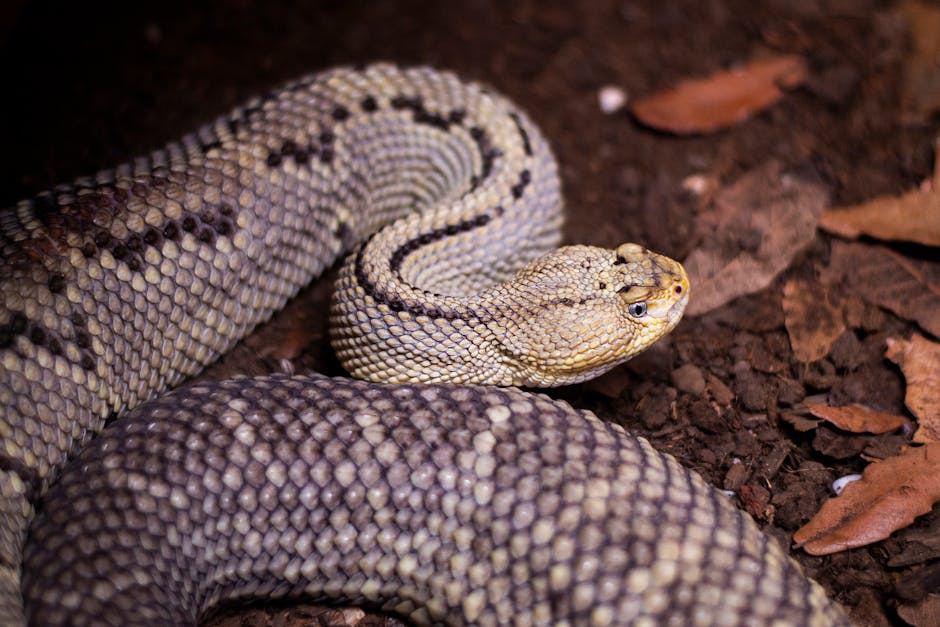
In Mexico, both land and sea harbor creatures armed with venom. The fer-de-lance snake is notorious, as is the Mexican beaded lizard, with toxins that could easily spell trouble for the unwary. Scorpions and venomous spiders add to the danger. Even in coastal waters, the presence of box jellyfish is a reminder of constant vigilance required here. Local knowledge and appropriate footwear form a critical part of exploring Mexico’s extraordinary wilderness safely. Truly, the natural world here demands attention.
Africa: Continent of Predators
Africa’s terrain, stretching across several countries like Kenya, Tanzania, and South Africa, teems with predators from human imagination’s deep recesses. Lions, dynamic hunters, are responsible for numerous human fatalities annually. The Nile crocodile, a formidable adversary in Africa’s waters, is equally deadly, asserting dominance over unsuspected points along the riverbank. Beasts like elephants and hippos, which seemingly evoke respect alone, can unleash aggression surprisingly. Combined with the threat of venomous snakes underfoot, Africa’s vast savannas and forests require an acute sense of caution and adherence to wildlife safety insights at all times.
Papua New Guinea: Remote Risks

Amongst the embrace of remote jungles in Papua New Guinea resides a lethal array of creatures. The Papuan taipan, one of the world’s most venomous snakes, strikes fear into those familiar with its capabilities. In water, saltwater crocodiles own their reputation, while box jellyfish persist as further marine threats. Not often ventured due to its remote nature, Papua New Guinea’s landscape tells tales of constant threats to those bold enough to explore its depths. Preparedness and precautionary measures form the bedrock of any hardy exploration here.
Thailand: Southeast Asian Threats
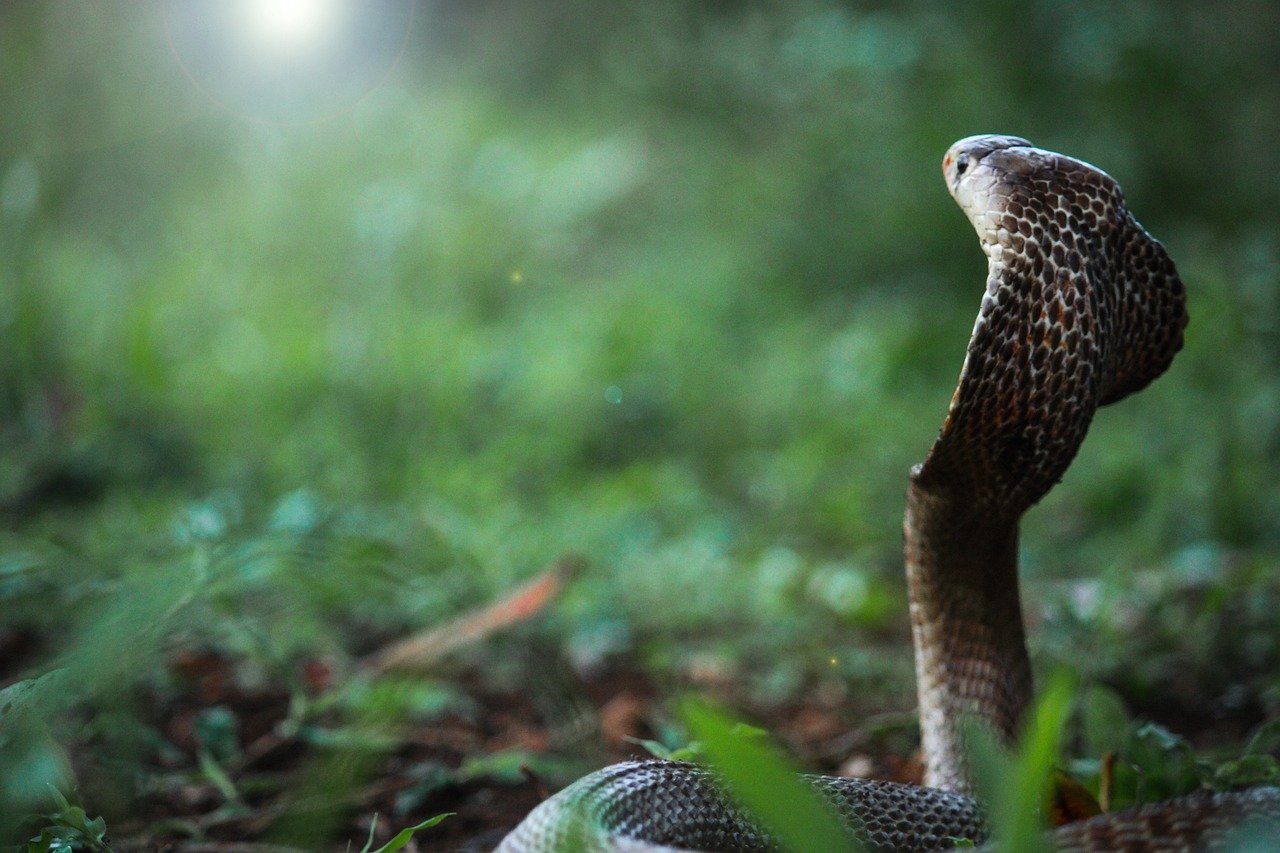
Thailand’s lands are steeped in natural beauty but hideaway deadly creatures. The awe-inspiring king cobra, the world’s longest venomous snake, calls this place home. Alongside this, Thailand’s military ranks of dangerous wildlife include the stealthy saltwater crocodile and venomous marine life such as stonefish in coastal areas. Even in this tourism-heavy destination, there lies an invisible frontier between fascination and potential peril. Advice from Safari operators and local guides offers vital reassurances to navigate these risks safely.
Venezuela: Orinoco Hazards
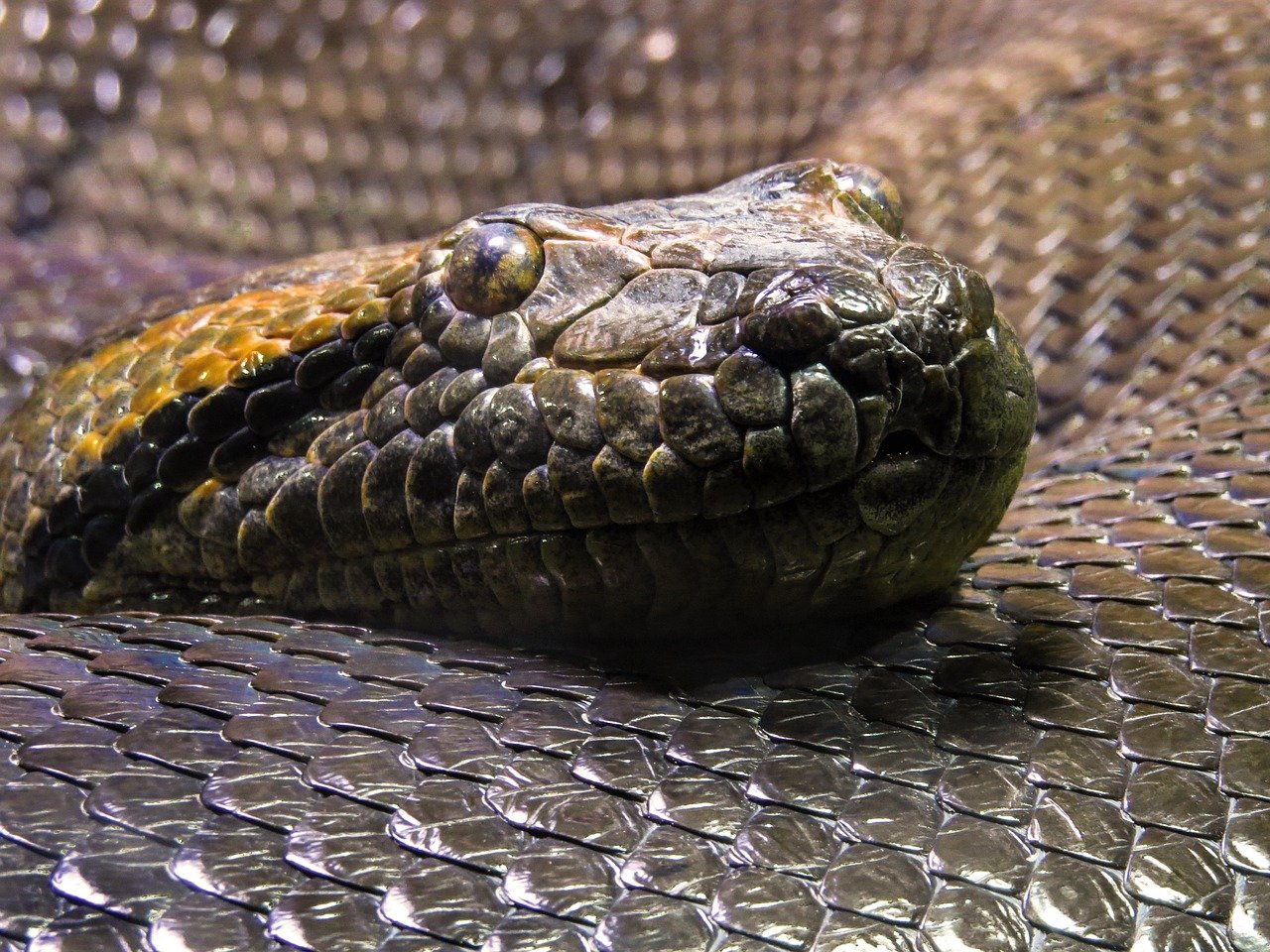
In Venezuela, particularly around the magnificent Orinoco River, the wild freely mingles with civilization. Massive anacondas, capable of constricting large prey, make their presence known here. Jaguars navigate the jungles, while swarming piranhas embody aquatic dangers. Though encounters with these creatures remain relatively uncommon, when they do occur, they paint vivid narratives that become personal legends. Proper guidance and protective measures can significantly reduce human-wildlife conflict in this vibrant ecosystem.
Democratic Republic of the Congo: Central African Dangers
In the heart of Africa lies the Democratic Republic of the Congo, a country shrouded in mystery and marked by its dangerous wildlife. The forest elephants here are known for their unpredictable aggression, and leopards silently rule the dense terrains. Many venomous snakes add risk to jungle expeditions. Whether sailing through vast rivers or trekking jungle paths, the Congo requires consummate awareness. Truly, in navigating through this natural labyrinth, informed decisions can mean the difference between awe and disaster.
Philippines: Maritime and Rainforest Perils
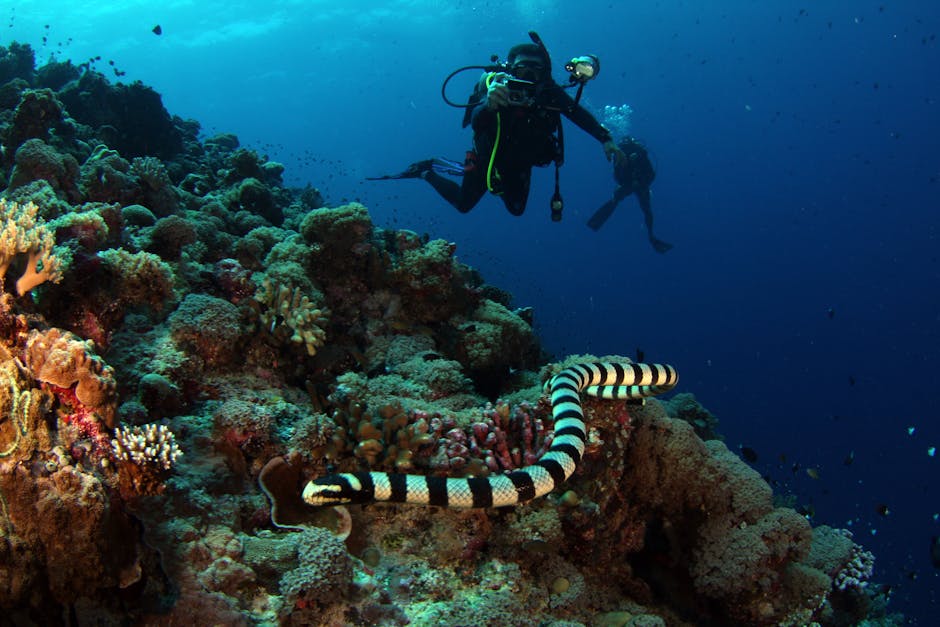
The Philippines, graced by both formidable rainforests and extensive coastlines, teems with hazards for the unwary. Among breathtaking vistas, danger lurks in the form of venomous sea snakes and the notorious blue-ringed octopus, whose toxins can be fatal. Inland, aggressive water buffalo can pose surprising threats, while the dense foliage hides its own share of venomous snakes and spiders. Each adventurer partaking in the Philippines’ offerings must balance between the beauty and danger that coexists. Attentive guidance shapes safe explorations amid the wild beauty.
Understanding the presence and behavior of dangerous wildlife is crucial for safety and conservation efforts. While these animals pose risks, they also play vital roles in their respective ecosystems. Respecting wildlife and maintaining safe distances can help mitigate potential dangers.
